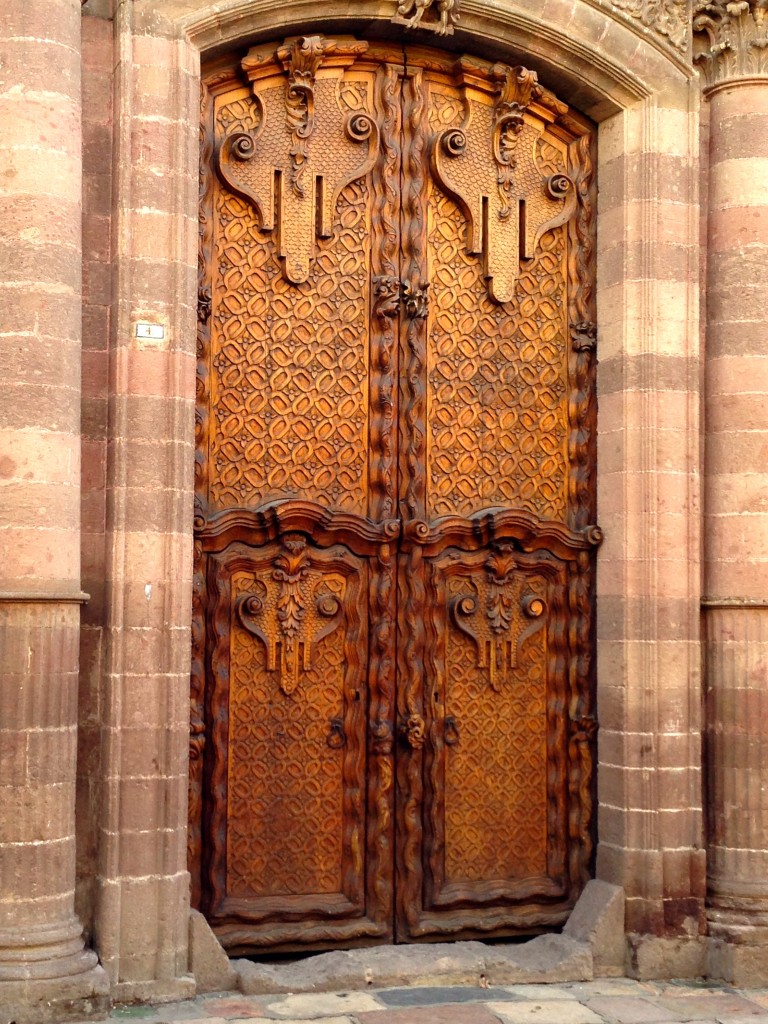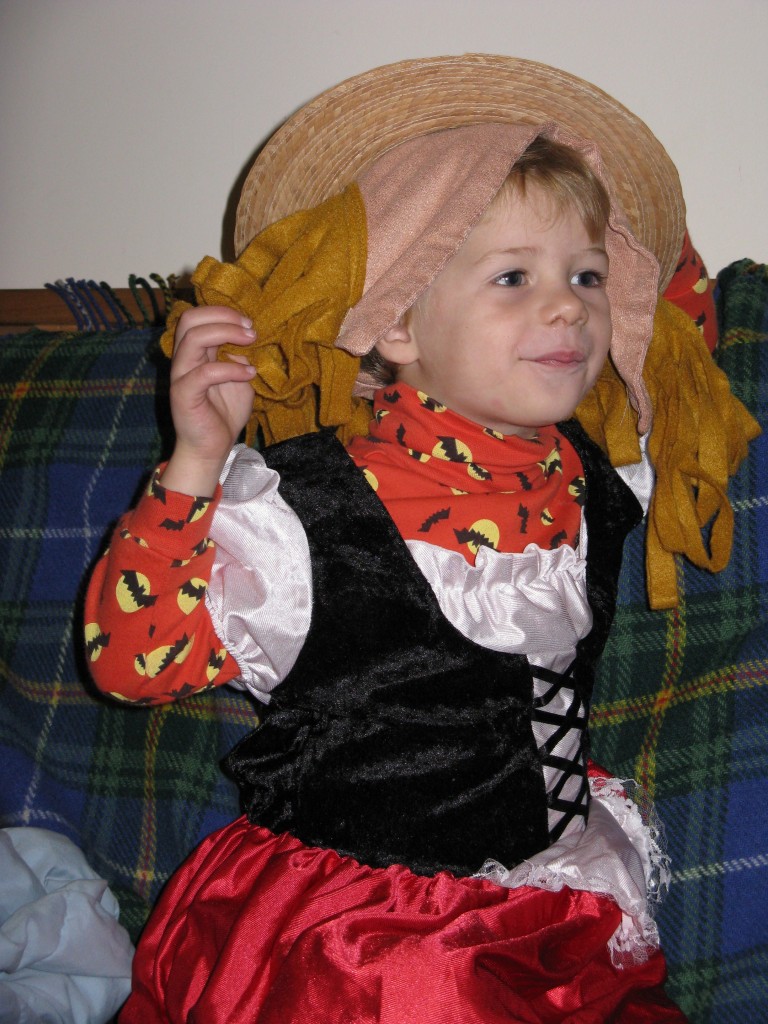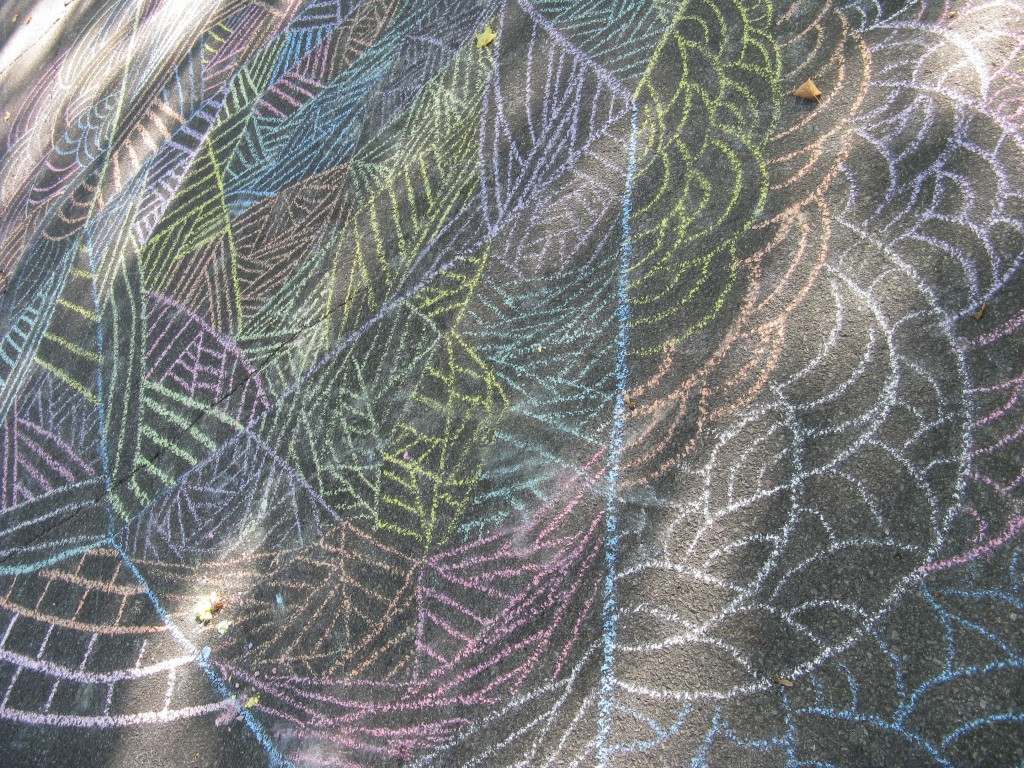A World of Books and Children
Search and enjoy 8 years of posts chock-filled with ideas from It’s OK Not to Share and beyond.
I've been preaching about resilience, and why kids need to face rejection sometimes. We can't protect them. We shouldn't protect them. Today's guest post offers additional insight into why rejection and setbacks can be so crucial.
I'm happy to welcome guest blogger Laurie Buchanan to Starlighting Mama. I met Laurie in Madison where she was my "how to write a blog" teacher at a writing conference. My first post had two readers, and she was one of them. My recent "Throw Away your Timer" post had 200,000.
 Laurie is part of a "Happiness Study" being conducted by Dr. Richard Davidson, a neuroscientist at the Center for Investigating Healthy Minds at University of Wisconsin-Madison. I think you'll find this fascinating -- what truly makes us happy? Do we value setbacks in our children's lives? Do we give them enough independence to experience meaningful failure?
Laurie is part of a "Happiness Study" being conducted by Dr. Richard Davidson, a neuroscientist at the Center for Investigating Healthy Minds at University of Wisconsin-Madison. I think you'll find this fascinating -- what truly makes us happy? Do we value setbacks in our children's lives? Do we give them enough independence to experience meaningful failure?
Failure IS an Option - Guest post by Laurie Buchanan
When I received an invitation to be part of a beta group of testers who would discover whether or not people could “click their way to happiness,” I accepted with enthusiasm. As a holistic health practitioner and transformational life coach, this type of research is of tremendous interest to me as many of my clients are recovering from major setbacks—closed doors.
Positive psychology and positive neuroscience based on the study founded by neuroscientist Dr. Richard Davidson at the Center for Investigating Healthy Minds at UW-Madison was delivered online to each beta tester in the form of interactive games, activities, and exercises designed to help the user sift through their experiences and find opportunities for gratitude, growth, and to optimize well-being.
The science of happiness shows that failure is an option. What matters is how we respond to it.
Researchers found conclusively that we enjoy a higher quality of life when we experience a certain number of setbacks—5 to 7 of them. Why? Because setbacks give us confidence that we can weather adversity, and they also reinforce what we truly value—for example health, loving relationships—which can result in enhanced priorities and different goals.
On the other hand:
• Too many setbacks can result in breaking one’s spirit.
• Too few setbacks can protect someone from developing resilience.
Resilient people tend to “make meaning” as difficult challenges are faced and overcome, which allows them to discover positive outcomes that wouldn’t have happened if the challenge hadn’t occurred. This is called BeneFinding—finding benefit in negative experiences.
What was the last benefit you found from a negative experience?
------------------------
Thanks, Laurie! To read more of her work visit Laurie at Speaking from the Heart. Her motto is: "Whatever you are not changing, you are choosing."
Do you find it surprising that failure can be a key ingredient for happiness? How has this played out in your life? How can we cultivate good resilience?
One of the most bothersome questions I heard when I was young was: "What do you want to be when you grow up?" It's an age-old question, but not that useful. When you're 3 or 6 or 10, the vague, faraway, grown-up future is too remote. What's more relevant is: Who are you now?
That's why I love the holiday of Halloween. It may have its origins in spooks and spirits, but for young kids it's about dressing up. Costumes are key to a child's heart because costumes are about identity. Current identity.
A costume lets kids become their dream now. Not some far off day in the future, but today. The world of dress-up lets children explore roles they admire, identities they want to try on, action figures that are exciting or powerful. A child may not want to grow up to become a skeleton or Darth Vader, but she wants to experience the power of being that figure. Kids may seek glamour by being a sparkly princess or become something that's impossible in real life - a kitten or a dragon.
What does it feel like to have wings? To be magic? To be able to scare adults? To dress like a real fire fighter?
For some young kids, Halloween takes place every day of the year. My five-year-old changes dress-up clothes often three times a day. One moment he's a pirate, the next a soldier or a mermaid. Dressing up is essential play for exploring interests and identity.
Every preschool classroom and childcare program needs dress-up clothes on hand. Every home with young kids needs a stock of dress-up props, even old shirts and hats. These are props for exploring self.
As Bev Bos says, "Kids never fail because of a lack of intelligence. Kids fail -- human beings fail -- because they don't develop a sense of self."
We need to make room for the costume part of Halloween all year.
As you prepare for Halloween, remember how much costumes reflect identity. Take time to ask children about their costumes and marvel about who they are. Who they are today, and every day, one at a time.
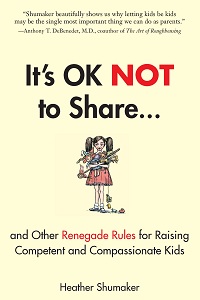 You can read more about children's need for power, props and imaginative play in chapters "Give Kids Power" and "Boys can wear Tutus" in It's OK Not To Share...And Other Renegade Rules.
You can read more about children's need for power, props and imaginative play in chapters "Give Kids Power" and "Boys can wear Tutus" in It's OK Not To Share...And Other Renegade Rules.
What were some of your favorite costumes? Did your parents ever disapprove of a character you wanted to be? What do you think of your own child's dress-up choices?
This fall we closed off the streets in our neighborhood and held an old-fashioned block party. The result was fantastic - with cars banished, we united in community. Kids rode bicycles in the open road. Teens created elaborate chalk drawings. Older ladies sat in lawn chairs and cooed over each new baby.
What was most amazing was to see people pouring out of their houses and simply coming together. Altogether 75 neighbors assembled in the street. Neighbors who'd never met introduced themselves and lingered for hours. When the cars stopped, time seemed to stop. People were taking time simply to be. To meet, to listen and form new bonds to care for each other.
The block party was simple to plan. $25 for a city permit to block off the street for one Sunday afternoon. A neighbor girl delivered the invitations. The west side of the street 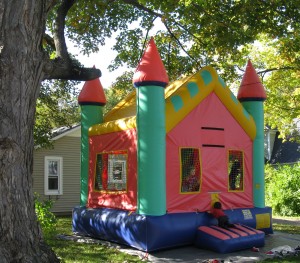 brought desserts and the east side brought appetizers. We rented a bounce house to make it extra special (not just for the kids!) and stuck out a donation can.
brought desserts and the east side brought appetizers. We rented a bounce house to make it extra special (not just for the kids!) and stuck out a donation can.
Many of us live without family close by. We need to become family to our neighbors. Find out who needs help snow shoveling and who needs a babysitter. Simply understand who the people are in the neighborhood. Sometimes it takes an event like a block party to revitalize the community we all long for.
At the end of the party, everyone was all smiles and full of thanks. "What a wonderful idea! Why have we never done this before? Let's do it again every year." When the barricades were lifted and the street opened back up to regular traffic, it wasn't the end. We had a new sense of community.
What type of community building do you engage in? Do you know your neighbors? What ways have you created meaningful connections?

